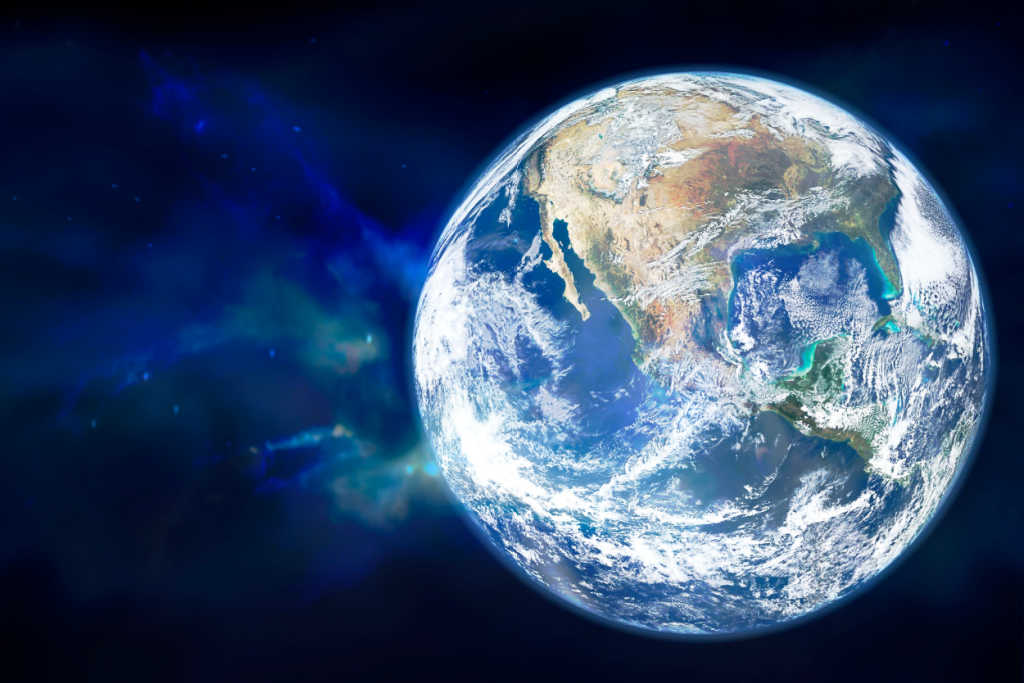
There are several theories on what makes the earth move. One is that the Earth has a solid inner core of iron. This core is surrounded by a molten outer core made of iron and nickel. The outer core also contains convection currents, which create Earth’s magnetic field.
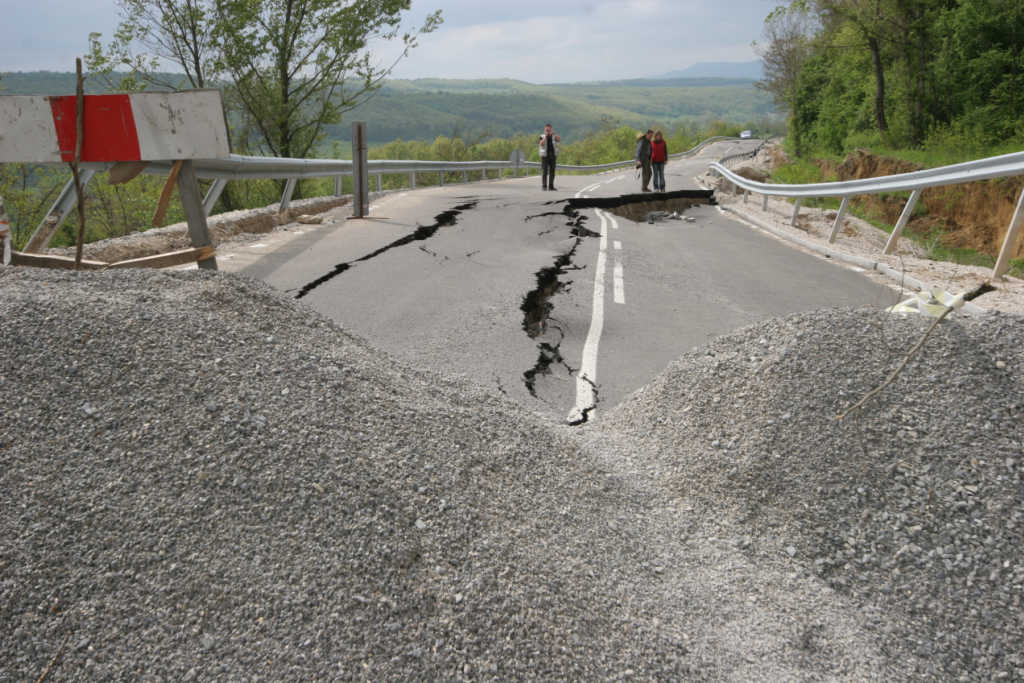
Mantle convection
Mantle convection occurs when a fluid moves from one part of the Earth’s interior to another. The rate at which it moves depends on the viscosity of the material. Viscosity is the ratio of shear stress to strain rate, and fluids and materials with high viscosities tend to flow more slowly. The present mantle’s viscosity is estimated to be around 1020-1021 Pascal seconds in the upper mantle and 1023 Pascal seconds in the lower mantle.
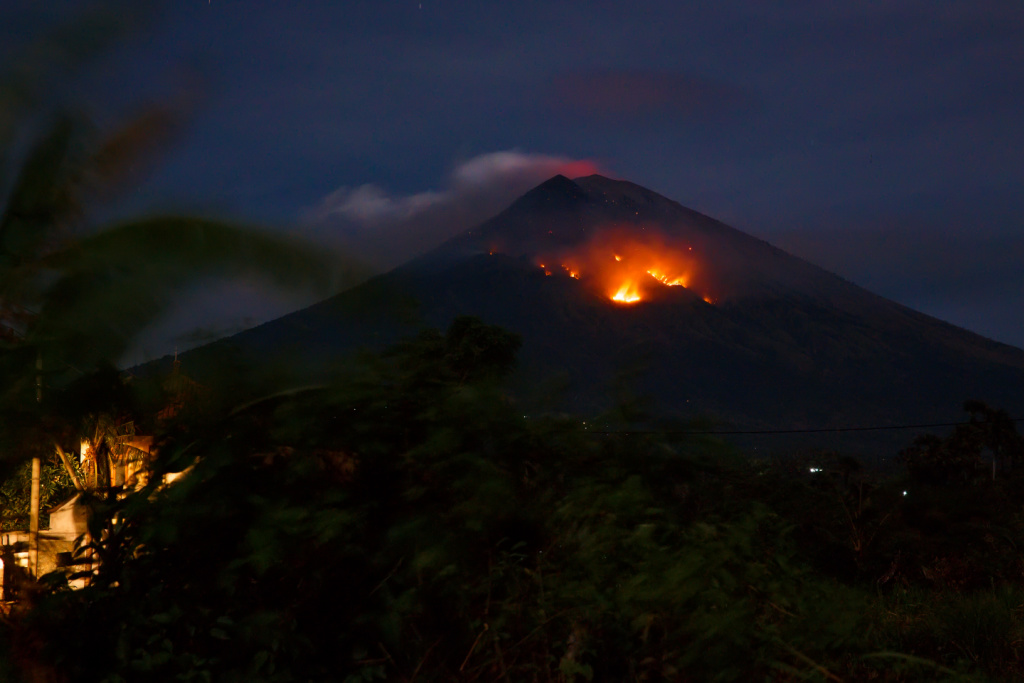
The heat from Earth’s core is transferred to the mantle by convection currents. The heated mantle rises towards the surface, transferring heat energy to the lithosphere. The lithosphere then becomes denser than the surrounding magma and sinks back towards the core.
The upper mantle contains a relatively homogeneous composition that stretches to more than 416 miles (660 km) below the surface. The lower mantle, on the other hand, is more homogeneous and ends at a region called “D” where it transitions to the liquid outer core. Some geologists believe that mantle convection is a continuous process that occurs through both layers of the mantle.
Plate tectonics
Plate tectonics is a theory that describes how the earth moves and changes over millions of years. It is based on the discovery that the Earth’s lithosphere is composed of many large, separate plates. These plates ride on the more fluid lower mantle and have been responsible for shaping the Earth’s landscape. In the early 20th century, Alfred Wegener came up with this theory, after he noticed that the continents’ coastlines had shifted over time.
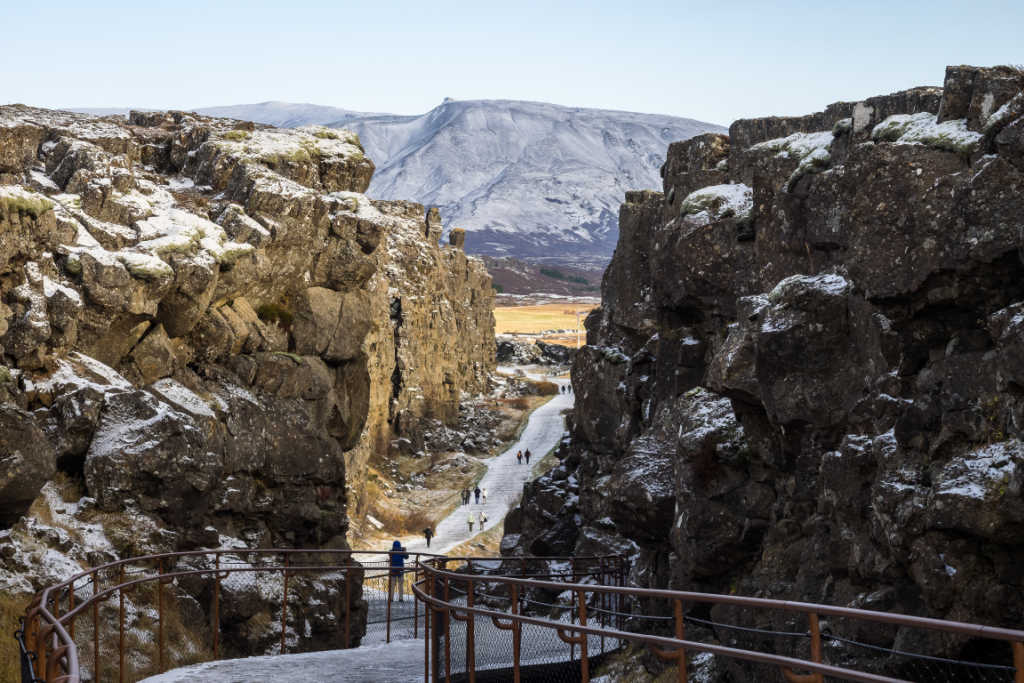
Tectonic plate movement is caused by different forces. The largest driving force behind plate movement is called slab pull. During the movement of tectonic plates, oceanic plates are subducted and move deeper into the mantle. However, they are not able to cause this movement on their own.
When the plates are subducted, they move under one another to change the shape of the Earth. This process creates mountains and new oceans. This process can also trigger earthquakes, which can be quite destructive.
S waves
When an earthquake hits, the ground moves because of waves traveling inside the earth. These waves, called S waves, travel at 80% to 90% of the speed of sound. They are created by the motion of particles in a circular path inside the earth. As they move inside the earth, they do not change the volume of material; instead, they shear it.
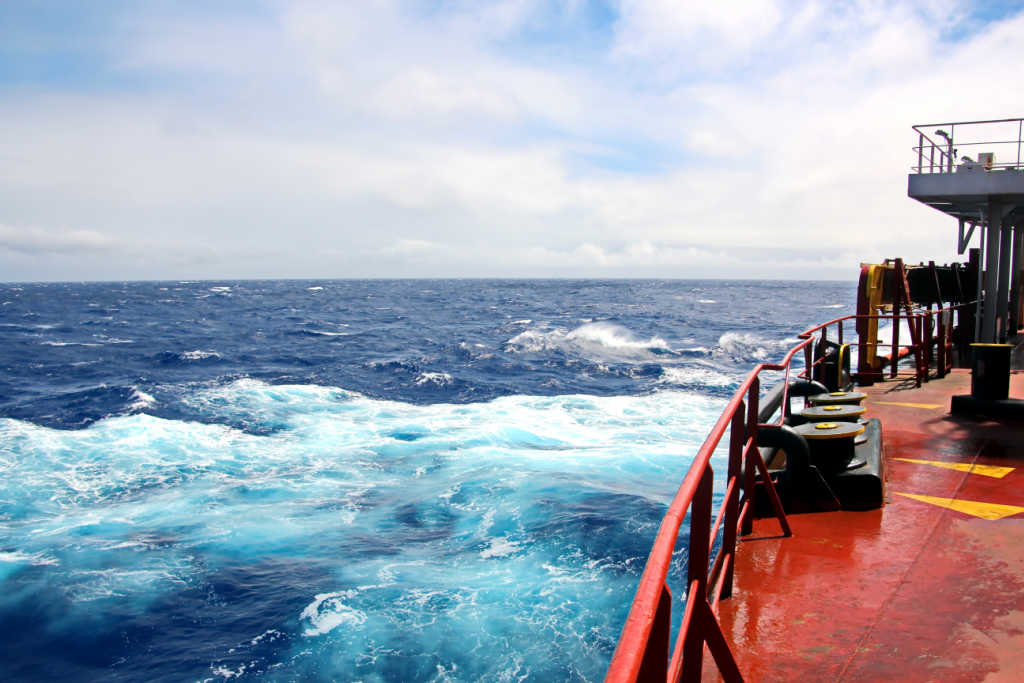
Scientists have been studying seismic waves for about 75 years. Today, they are able to study them with better equipment. Scientists are able to see exactly what kind of motion they cause. Deeper inside the earth, S waves travel faster because of the varying density of the material.
Scientists have used seismic waves to map the structure of the earth. They can determine fault planes, stress zones, and strains, which can help them in finding ways to stabilize the earth. They can also use the waves to record explosions and ground vibrations, like those caused by oil drilling. There are three basic types of seismic waves: P-waves, S-waves, and surface waves. P-waves are sometimes referred to as “body waves” as they move around the earth in a similar way to S waves.
Meteorites
Meteorites are particles of rock from other planets that have crashed into Earth. Some of them are fragments of asteroids that have broken apart long ago in the asteroid belt between Mars and Jupiter. The majority of meteorites come from this belt and are believed to have fallen from space. They can be large or small, with the largest weighing over 60 tons.
The speed at which meteorites enter the Earth depends on their direction of flight. On average, they enter the atmosphere at a rate of about 11 to 40 kilometers per second. If they come from the opposite direction, they can reach speeds of up to 73 km/h.
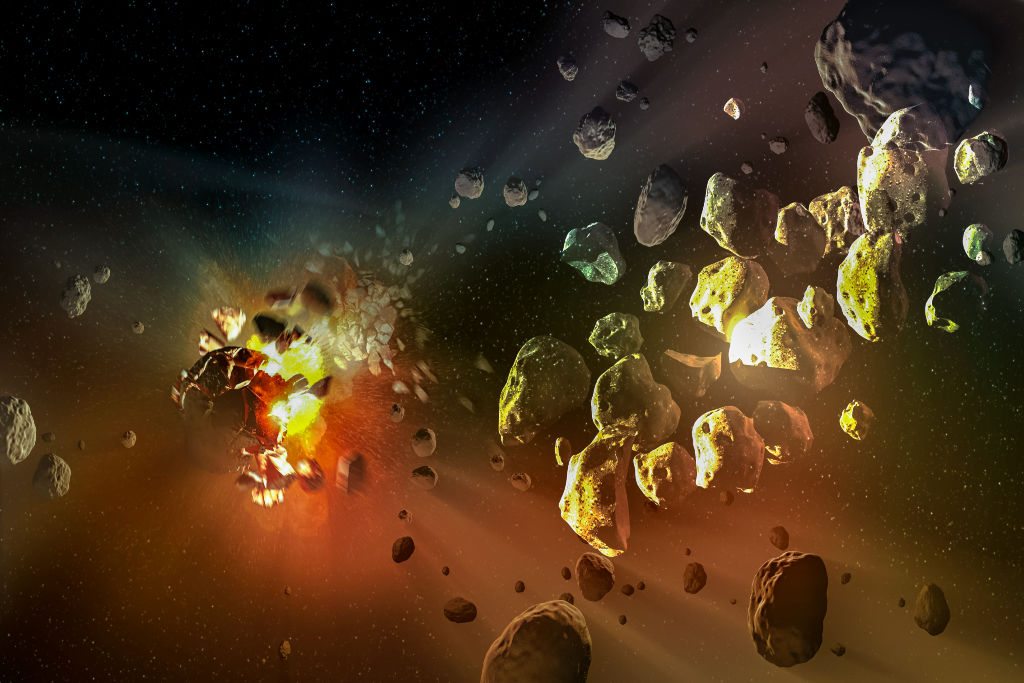
Some scientists believe that asteroids are the origin of meteorites. This could explain the different types of meteorites that have been found on Earth. These asteroids may have been fragmented from collisions with other asteroids. This could explain why they are different in shape and size, and how they end up on Earth.

